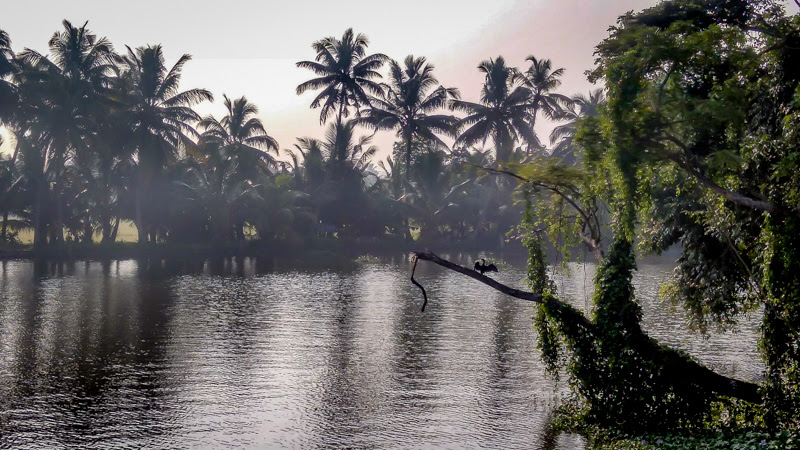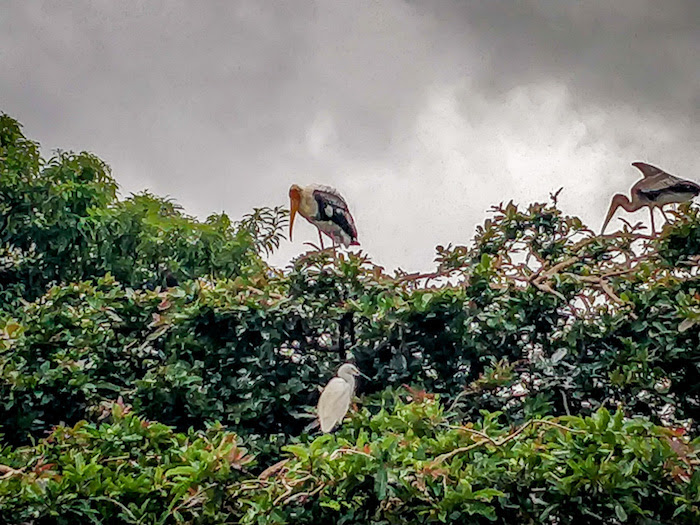From the Sun-Kissed Balcony of Kalga Village, Himachal Pradesh
Almost deaf from the loud music blasting from the speakers of travelers who visit Kasol to escape the Delhi heat, I ran out of Kasol after a night. A steep uphill walk took me to the village of Shilha, a tiny apple village pasted onto the slopes of a beautiful green hill. But I didn’t know that the speaker lovers from Delhi had discovered Shilha and were smoking away in its few guesthouses. On one starry night, I also gave up and joined the groups of Indian boys around a bonfire.
Stubborn about staying away from people who couldn’t appreciate the silence of Parvati valley, I strapped on my bag and walked towards Kalga in the morning.
Update 2022: As of now (mid-April), Himachal Pradesh (HP) doesn’t have any specific travel restrictions. Travelers don’t need to carry a negative RTPCR test but everyone is still supposed to wear a mask in public spaces. Read more regulations here on the HP government’s website.

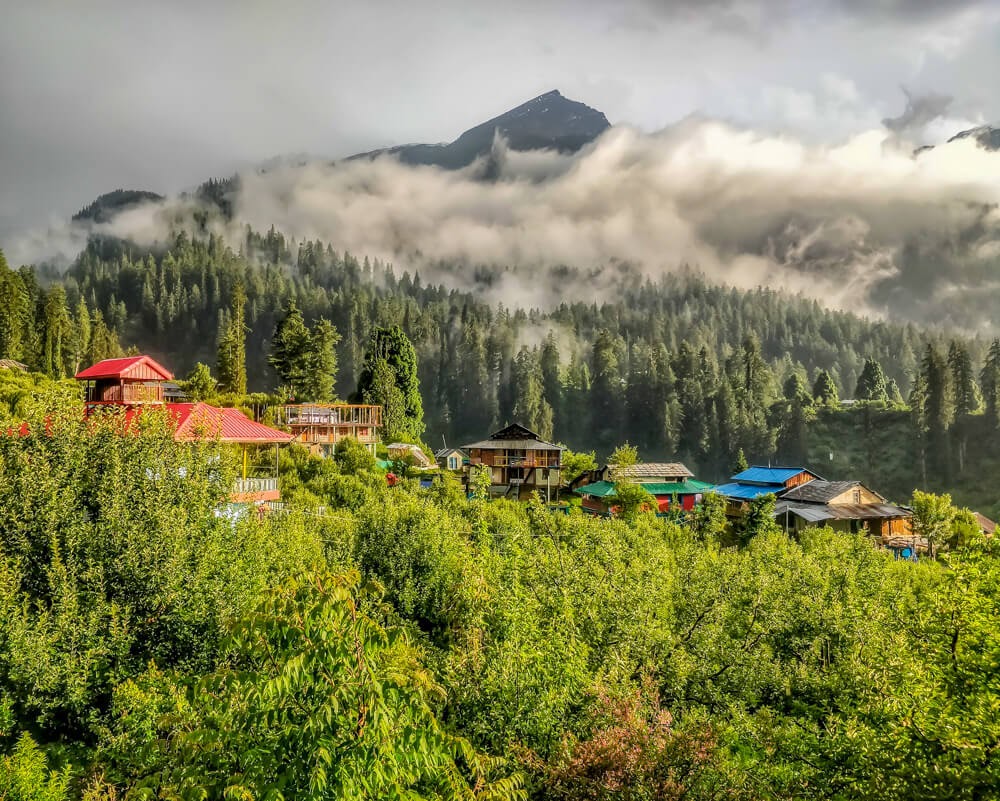
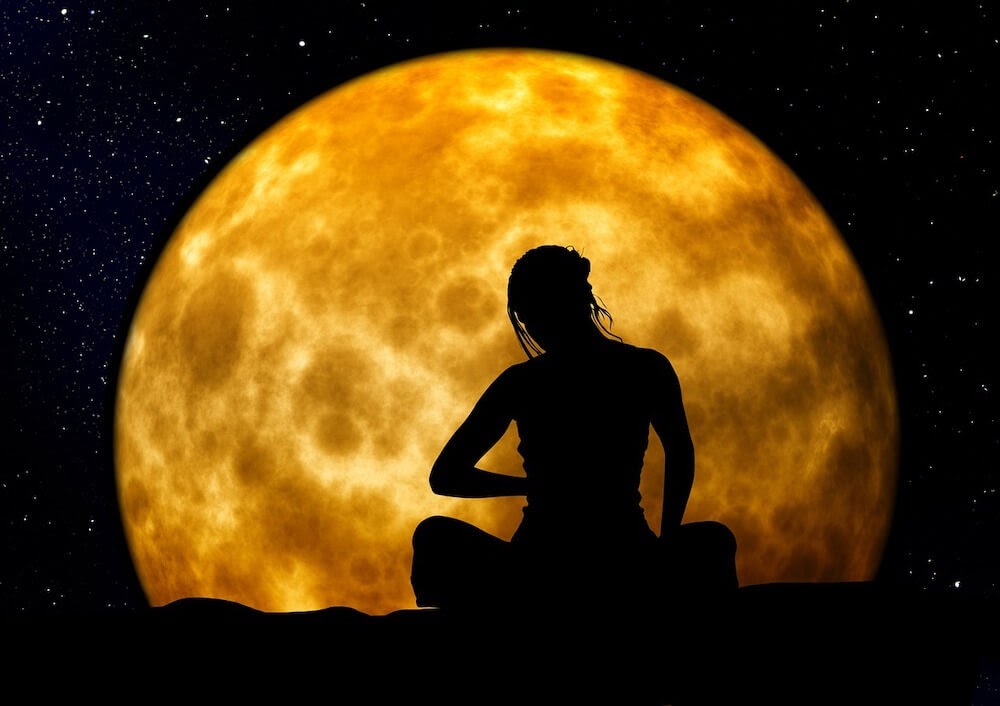
![A Road Trip From Bangalore to Coorg [Quintessential Karnataka] 3 madikeri+coorg+karnataka+south+india.jpeg](https://www.onmycanvas.com/wp-content/uploads/2019/08/madikericoorgkarnatakasouthindia.jpeg)
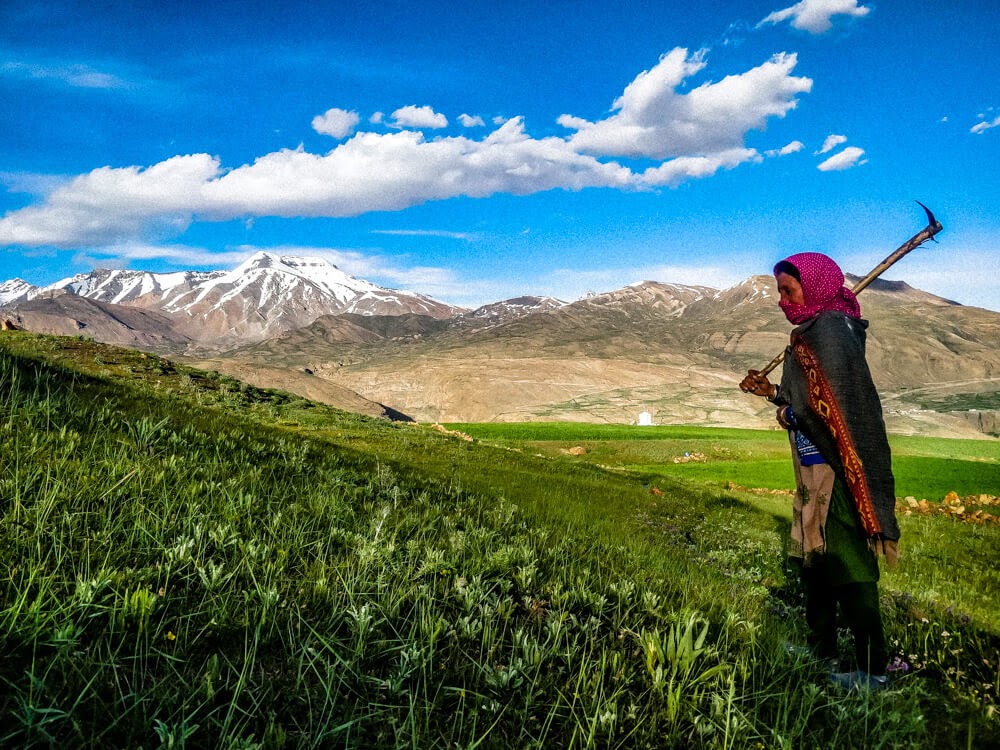

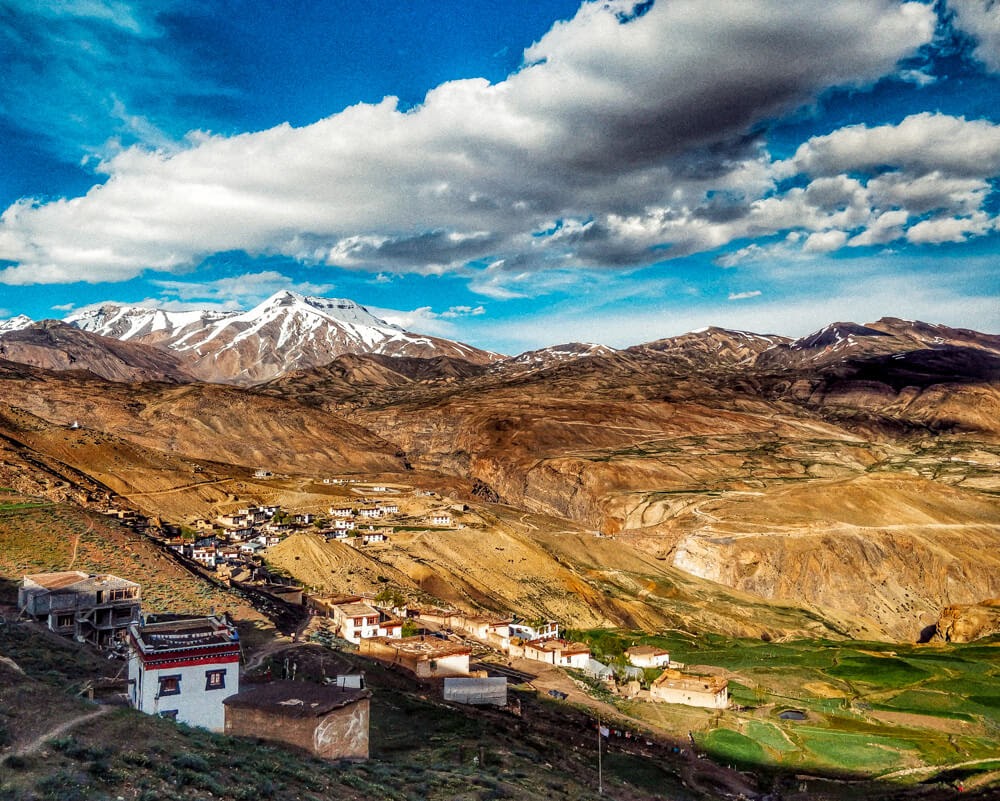
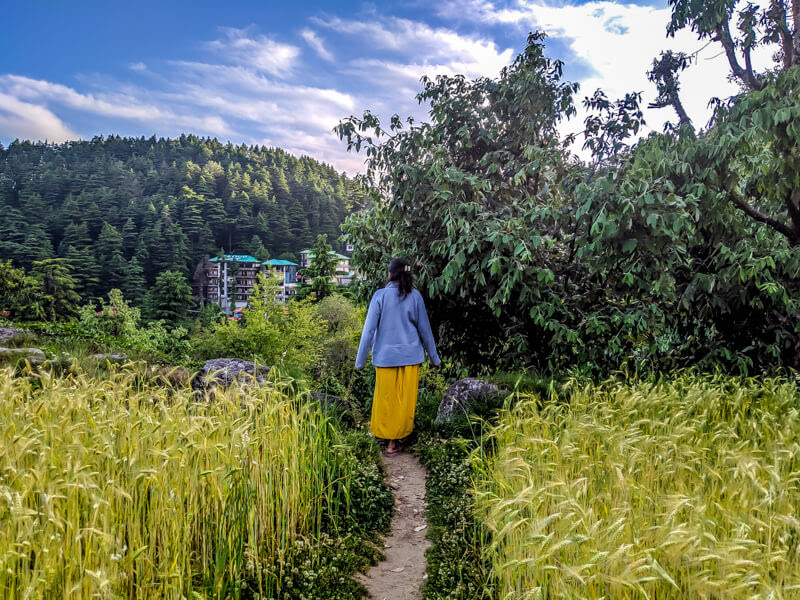
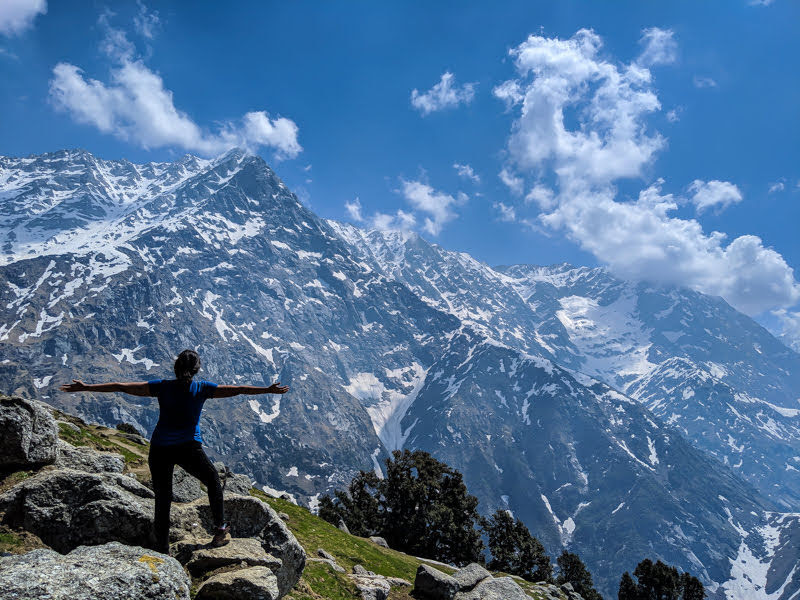
![Delicious Places to Visit in Hyderabad in 3 Days [2025] 9 qutb+shahi-tombs-hyderabad](https://www.onmycanvas.com/wp-content/uploads/2018/11/qutbshahi-tombs-hyderabad.jpeg)
